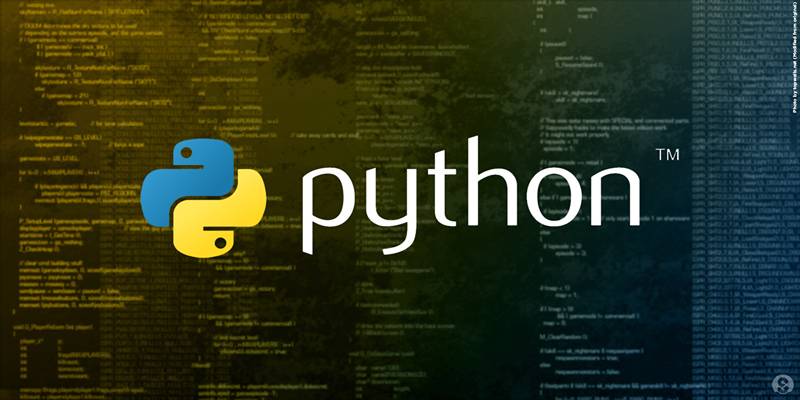GPT technology has transformed business operations by creating better text outputs while improving language interpretation and system automation. Setting up GPT for your project requires a defined process to produce the best output. This guide includes ten specific instructions to help you integrate GPT into your work.
Step 1: Define Objectives and Use Cases
Begin your GPT implementation with a list of what you want the project to achieve. Ask yourself:
- What problem are you solving?
- How will GPT add value?
To develop an effective chatbot, concentrate on its ability to handle customer support and lead conversion functions. Listing the exact application areas your GPT solution works toward ensures that your project matches the business's goals.
Step 2: Gather Relevant Data

To create artificial intelligence models data serves as the essential foundation. GPT needs high-quality information directly related to its specific domain. This step involves:
You need to collect data that directly relates to your work field.
Incorporate many different databases that contain all relevant information.
To develop a legal document analyzer first obtain contracts, case records and legal case rulings.
Step 3: Clean and Preprocess Data
Data records from their original state usually include inconsistencies and needlessly repeated entries. Preparing data for input helps our model use top-quality material. Key tasks include:
- Removing duplicates or irrelevant information.
- You need to arrange your data into standard format files such as CSV.
Step 4: Addressing biases in datasets.
During the next phase you must select a suitable GPT model.
GPT technology includes multiple versions for users (GPT-3.5 and GPT-4 among them). Your selection of the right GPT model depends on three critical criteria.
- Complexity of tasks.
- Budget constraints.
- Required features (e.g., advanced data analysis).
Step 5: Train Your Model

To build your particular GPT you need to train the model using the pre-trained GPT components on custom dataset inputs. This step includes:
- Loading prepared data into the training system.
- Defining expected outputs (e.g., summaries, classifications).
Step 6: Iterative Testing and Refining
You would train a custom SEO analyzer by showing the model which keywords near the top rankings.
Start Putting GPT into Regular Business Operations After Training
You need to integrate GPT to achieve smooth implementation. Depending on your use case:
- Include GPT technology into software platforms users currently use for their work.
- Build access points to allow GPT connections with different programs.
- Make sure the system works with Google Sheets and Slack as third-party platforms.
Step 7: Address Security and Compliance
The use of AI systems works with important personal information. Follow industry data protection rules specifically GDPR and HIPAA requirements by implementing security measures.
The data remains shielded while it stays in storage and when it moves between systems.
Users can access the system only according to their approved roles.
Regularly auditing security protocols.
Step 8: Test Extensively
All tests check that the system will work as planned before it goes live. Focus on:
- Our tests verify whether the model operates according to its designed function.
- Usability testing: Is it user-friendly?
- Determine how the system deals with unexpected input data during testing.
- Regular testing of results helps develop a reliable system and increases user trust in its performance.
Step 9: Deploy Gradually
Deployments are done in stages to lower crisis potential and let users offer feedback for better results. Begin by testing the new system with small groups of users and basic functions.
- Keep track of system performance measures concerning how fast the system responds and how accurately it handles data.
- Collect user feedback for improvements.
- Introduce updated tools department by department or unit by unit.
Step 10: Monitor Performance and Optimize
Organizations need to monitor performance after deployment to maintain effective results. Key activities include:
- We collect data about how users use our system to find where it runs slowly.
- The model stays useful by adding recent data to its training set.
- Our team will regularly develop new product elements that support recent business requirements.
You should regularly enhance your GPT system to match changes in your business operations.
Real-Life Applications of GPT
- Healthcare organizations like Nabla Copilot and Mayo Clinic use their predictive models to plan surgeries while decreasing medical staff document typing work.
- Through the COiN platform, JPMorgan Chase checks through legal documents at high speed.
- Amazon uses its recommendation system to show users products they want based on their preferences.
- At Georgia State University, Pounce supports students on their educational path, and CheggMate helps students better understand learned concepts.
- Octopus Energy uses GPT to automate customer service chat support.
- Multiple industries now use GPT to develop better working methods and generate more revenue.
FAQs
What types of businesses gain the most value from using GPT technologies?
Healthcare organizations, financial institutions, and retail stores are joining forces to use GPT in education and provide better customer support. Two key applications involve using GPT to create medical report processing software and tailor educational systems to individual students.
How many data samples does a business require to develop its own GPT model?
Begin your model training process with 1000 to 10000 samples in high-quality format. Salesforce processes millions of data entries to serve their advanced needs.
Can GPT handle non-English languages?
GPT needs quality data for its output to work effectively. Multilingual support requires datasets with various languages or tools like OpenAI's multilingual models.
What funds must you spend to install GPT technology?
Costs vary:
You pay OpenAI API based on the number of tokens you process, which ranges from $0.06 to $0.12 for every 1000 tokens.
Custom models: $10k–$100k+ for enterprise-grade solutions.
What steps do I need to take to verify GPT output accuracy?
- Human experts should review GPT output when validating high-risk tasks.
- Keep your training data updated to match current market conditions.
- GPT meets the requirements for protecting personal data under GDPR standards.
All data must be encrypted, access must be limited while routine audits must be performed. Customers can use Azure OpenAI Service because it already includes protection features for sensitive data.
Can GPT replace human employees?
No—it augments human capabilities. GPT chatbots act as an auto-response system to reduce staff workload so they can focus on intricate work.
What’s the difference between GPT-3.5 and GPT-4?
GPT-4 performs better than previous models in handling sophisticated tasks and can work with text and image data for legal insight applications.
Conclusion
Including GPT technology in your project involves careful preparation, working according to your plans, and checking results regularly. Following our ten-step blueprint and optimizing after deployment lets you use generative AI at its highest potential.











